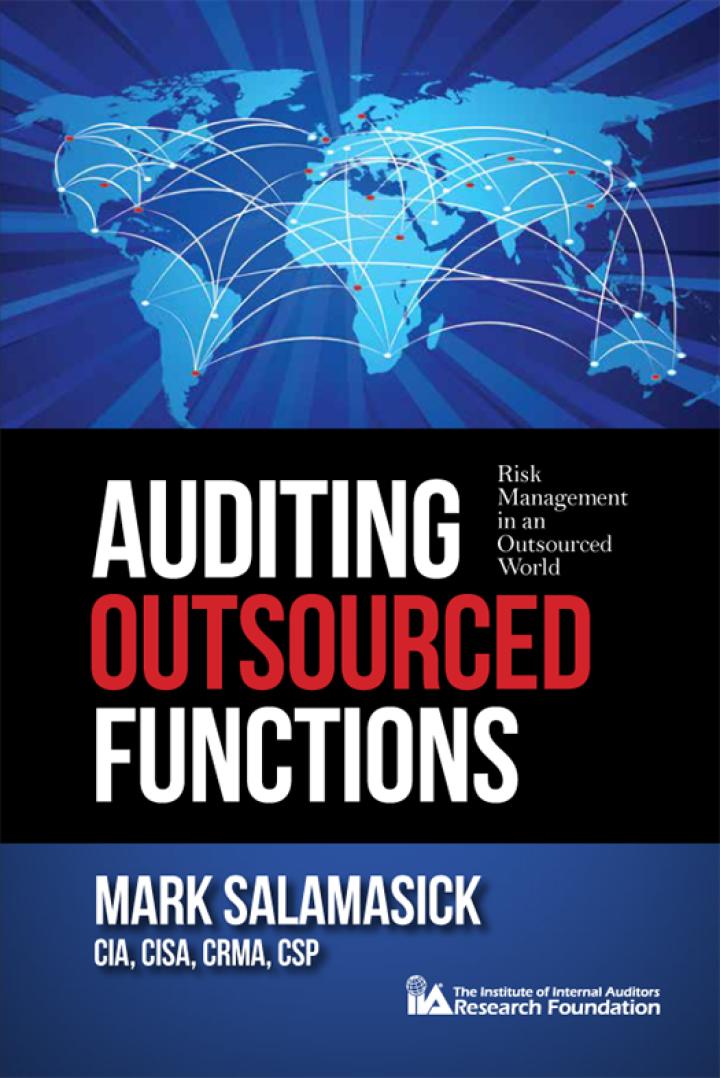Business Decision Case Porter Corporation has just hired Bill Harlow as its new controller. Al though Harlow has had little formal accounting training, he professes to be highly experienced, having learned accounting "the hard way" in the field. At the end of his first month's work, Harlow prepared the following performance report: PORTER CORPORATION Performance Report for the Month of June, 2018 Total Actual Costs Variantas Direct materials. Direct labor. Variable overhead Fixed overhead. $216,630 119,340 63,000 184,000 $582,970 Total Budgeted Costs $237,600 132,000 66,000 184,000 $619,600 $20.970 F 12.660 F 3,000 F $36.630 F In his presentation at Porter's month-end management meeting. Harlow indicated that thing were going fantastically." "The figures indicate," he said, "that the firm is beating its budger in all cost categories." This good news made everyone at the meeting happy and furthered Harlow acceptance as a member of the management team. After the management meeting, Susan Jones, Porter's general manager, asked you, as an inde pendent consultant, to review Harlow's report. Jones concern stemmed from the fact that Porter ha never operated as favorably as Harlow's report seems to imply, and she cannot explain the apparen significant improvement. While reviewing Harlow's report, you are provided the following cost and operating data fa June: Porter has a monthly normal capacity of 11,000 direct labor hours or 8,800 units of product Standard costs per unit for its only product are direct materials 3 pounds at $9 per pound; dired labor, 1.25 hours at $12 per hour, and variable overhead rate per direct labor hour of $6. During June, Porter produced 8,000 units of product, using 24,900 pounds of materials costing $8.70 each 10,200 direct labor hours at an average rate of $11.70 each, and incurred variable overhead costs $63,000 and fixed overhead costs of $184,000. After reviewing Porter's June cost data, you tell Harlow that his cost report contains a class budgeting error, and you explain how he can remedy it. In response to your suggestion, Haris revises his report as follows: Total Actual Costs Total Budgeted Costs Varian Direct materials. Direct labor. Variable overhead Fixed overhead. $216,630 119,340 63,000 184,000 $582,970 $216,000 120,000 60,000 184,000 $580,000 6300 660 F 3,000 U $2.970 U EYK10-1. Business Decision Case Provide any calculations below: a. Direct material Direct labor Variable overhead Fixed overhead Total actual costs Are the actual cost figures correct? HINT: Total Actual costs should be more than $500,000 and less than $ 600,000 b. Budgeted costs at normal capacity: Direct material Check Figure Calculation: Direct material (3 lbs x 8,800 units x $9) Direct labor Variable overhead Fixed overhead Total Budgeted costs at normal capacity Standard costs for actual production: Direct material Direct labor Check Figure Calculation: Direct labor(1.25 hrs x8,000 units x $12) Variable overhead Fixed overhead Tatal Standard costs for actual production: Explain the classic budgeting error that Harlow apparently incorporated into his original cost report Explain why Harlow's revised figures could be considered deficient d Provide a summary of the variances - Textbook provides some good examples of how to determine the variances starting on page 402 In the small boxes indicate of the variance was (7) favorable or (U) unfavorable? Total Actual Costs Total Standard Cost Total Variance Material price variance Materiais efficiency variance Labor rate variance Labor efficiency variance Variable overhead spending variance Variable overhead efficiency variance Sum of all variances Comment on the variances (be specitic) - are there concerns for management










